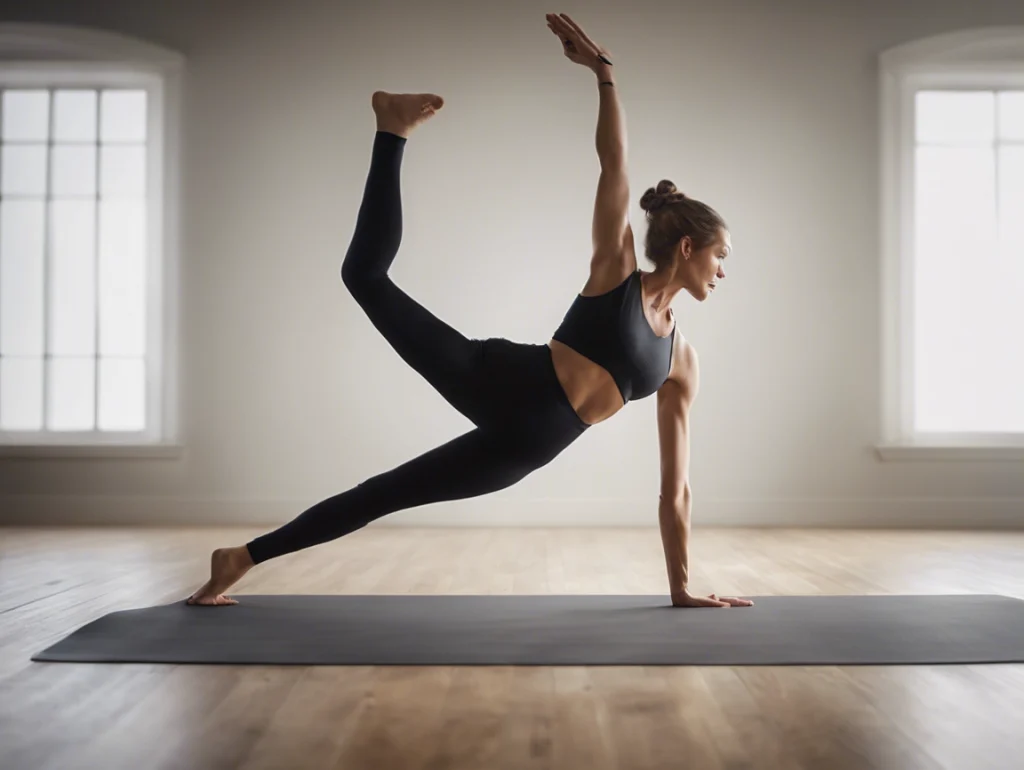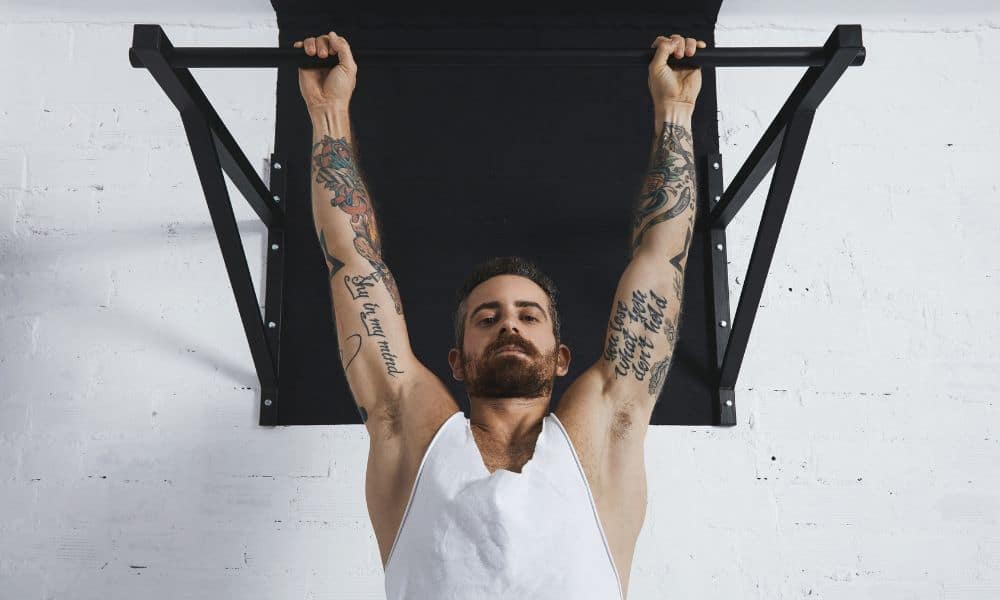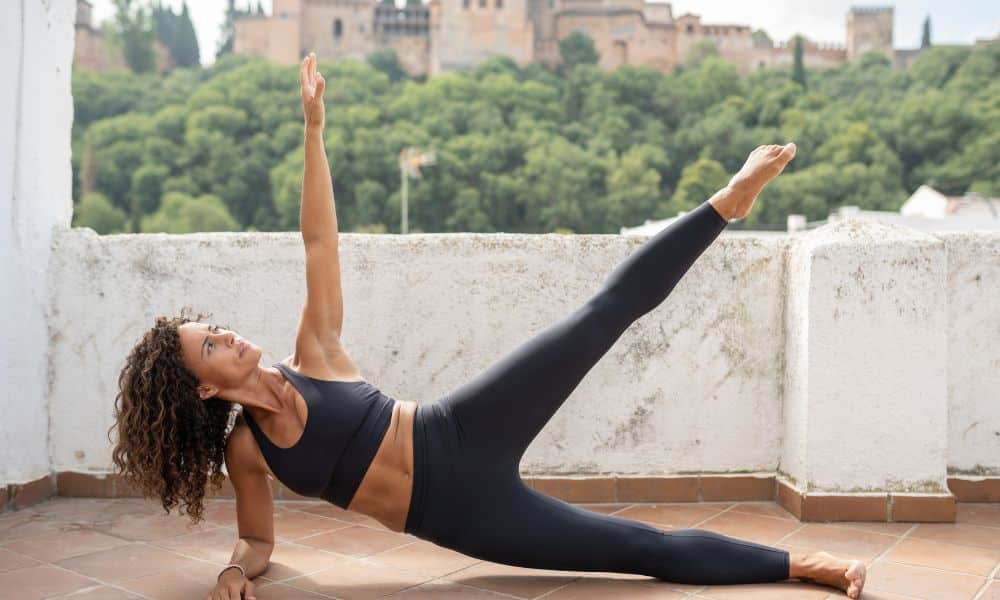Yoga is a fantastic practice for enhancing flexibility and reducing stress. It combines physical postures, breathing exercises, and mindfulness to improve well-being. Here’s a beginner’s guide to help you get started with yoga for flexibility and stress relief.
Benefits of Yoga
- Improves Flexibility
- Yoga poses stretch and lengthen muscles, increasing your range of motion and flexibility over time.
- Regular practice helps reduce muscle stiffness and joint pain.
- Reduces Stress
- Yoga encourages relaxation and mindfulness, helping to lower stress levels.
- Breathing exercises and meditation techniques calm the mind and reduce anxiety.
- Enhances Physical Health
- Yoga improves posture, balance, and strength.
- It can aid in weight management and improve cardiovascular health.
- Promotes Mental Well-Being
- Yoga boosts mental clarity and focus.
- It enhances mood and promotes a sense of inner peace.
Getting Started with Yoga
- Choose the Right Yoga Style
- As a beginner, consider starting with Hatha or Vinyasa yoga, which focuses on basic postures and flow.
- Yin yoga is also excellent for deep stretching and relaxation.
- Set Up a Comfortable Space
- Find a quiet, clutter-free space to practice.
- Use a yoga mat and wear comfortable clothing that allows for easy movement.
- Start with Basic Poses
- Focus on foundational poses that build flexibility and strength. Here are a few to begin with Child’s Pose (Balasana):
- Kneel on the mat, sit back on your heels, and stretch your arms forward.
- Rest your forehead on the mat and breathe deeply. Cat-Cow Pose (Marjaryasana-Bitilasana):
- Start on all fours with your wrists under your shoulders and knees under your hips.
- Inhale, arch your back, and lift your head (Cow Pose).
- Exhale, round your back, and tuck your chin to your chest (Cat Pose).
- Flow between these poses for several breaths. Downward-Facing Dog (Adho Mukha Svanasana):
- Start on all fours, lift your hips, and straighten your legs, forming an inverted V-shape.
- Press your hands into the mat, and stretch your heels towards the ground. Seated Forward Bend (Paschimottanasana):
- Sit with your legs extended in front of you.
- Inhale, lengthen your spine and exhale, fold forward, reaching for your feet or shins. Legs-Up-the-Wall Pose (Viparita Karani):
- Lie on your back with your legs extended up against a wall.
- Relax your arms by your sides and focus on your breathing.
- Incorporate Breathing Exercises
- Practice deep breathing techniques, such as diaphragmatic breathing, to enhance relaxation.
- Try alternate nostril breathing (Nadi Shodhana) to balance and calm the mind.
- Stay Consistent
- Aim to practice yoga at least 2-3 times weekly for noticeable benefits.
- Start with short sessions and gradually increase the duration as you become more comfortable.
- Listen to Your Body
- Avoid pushing yourself into uncomfortable positions. Yoga is about progress, not perfection.
- Use props like blocks and straps to support your practice and modify poses.
- End with Relaxation
- Conclude each session with a relaxation pose, such as Corpse Pose (Savasana).
- Lie on your back with your arms by your sides, palms facing up, and focus on your breath.
Conclusion
Yoga is a powerful tool for enhancing flexibility and reducing stress. By starting with basic poses and incorporating breathing exercises, you can enjoy this ancient practice’s numerous physical and mental benefits. Stay consistent, listen to your body, and embrace the journey towards improved well-being.




